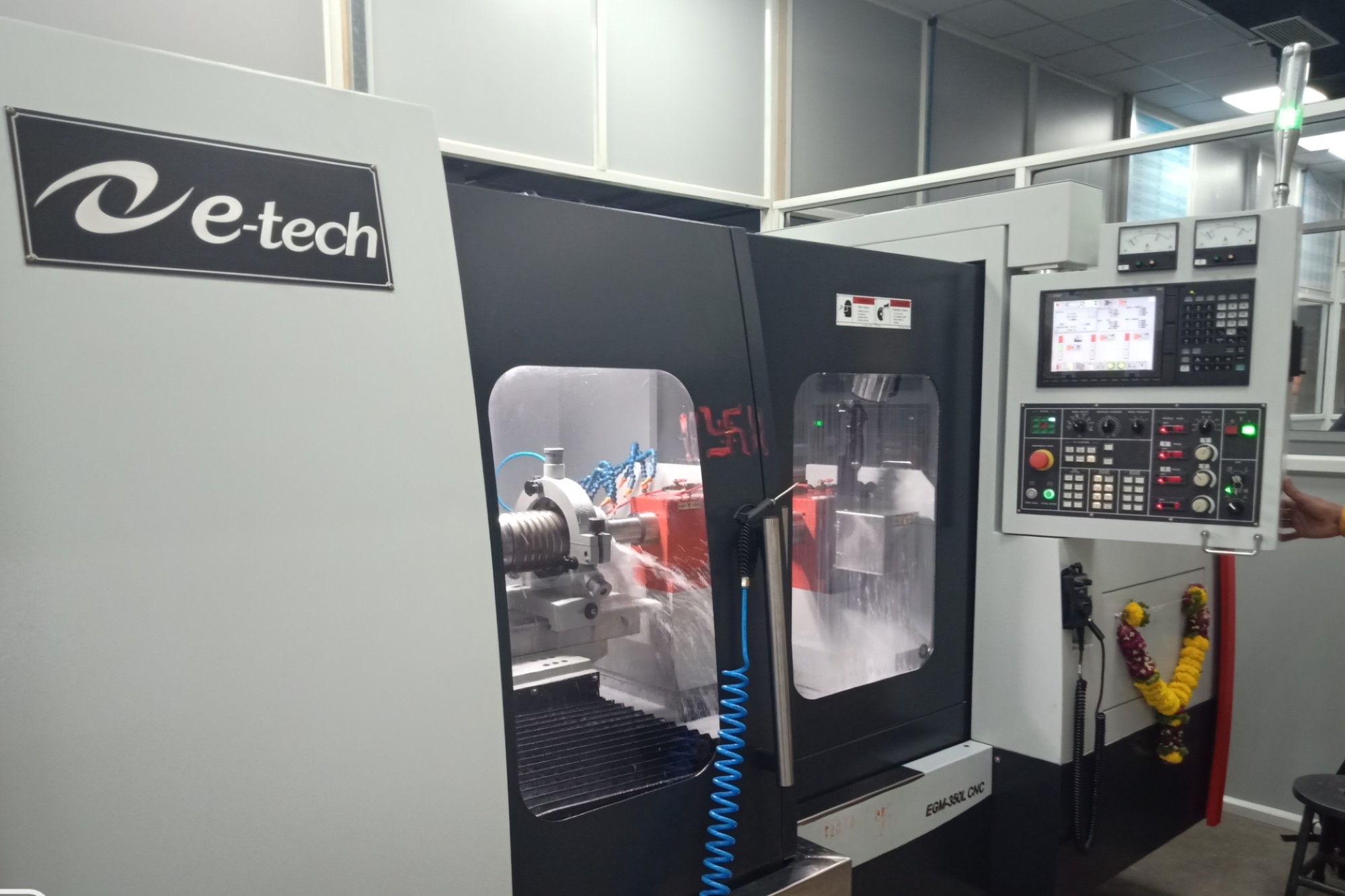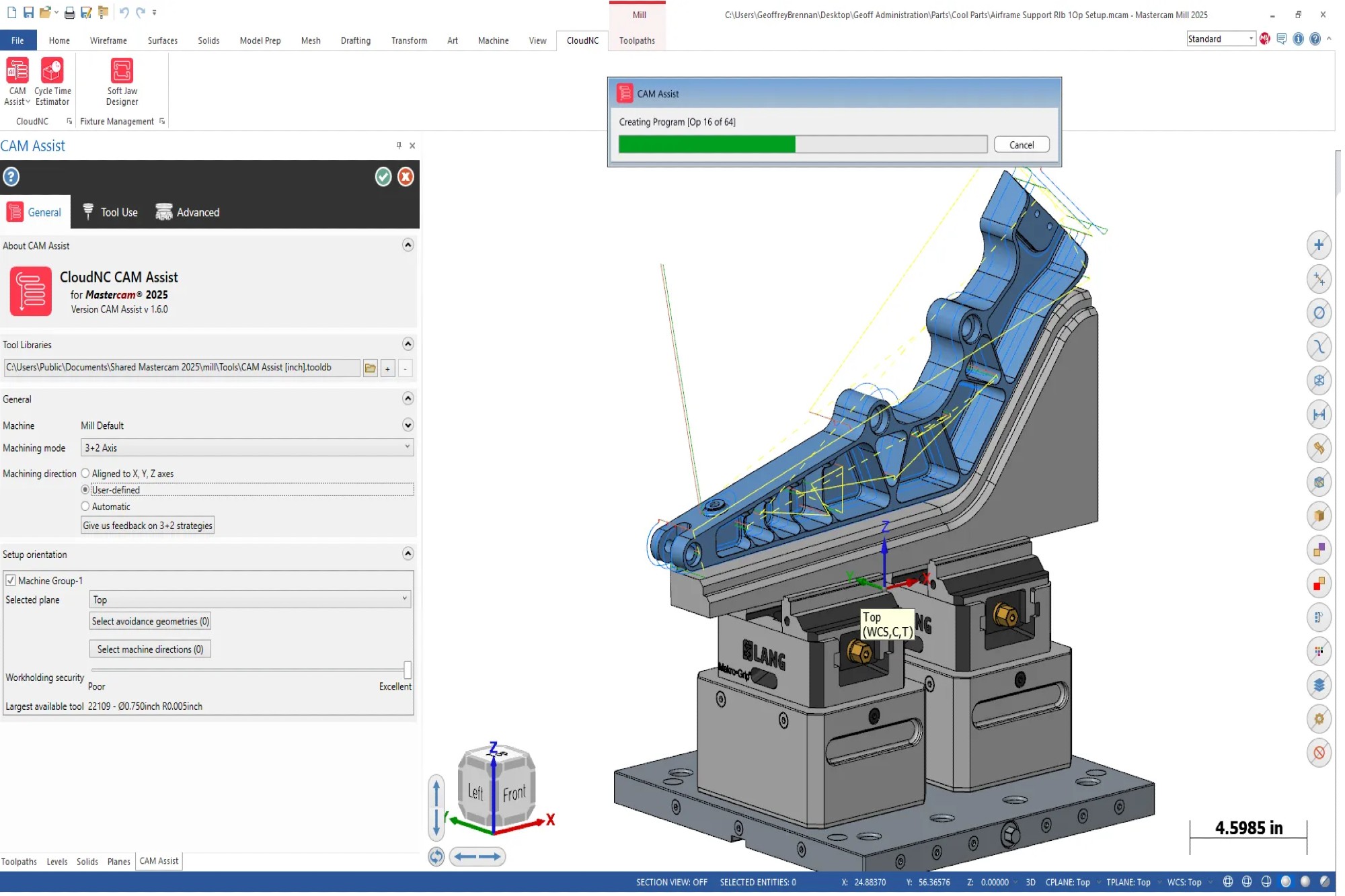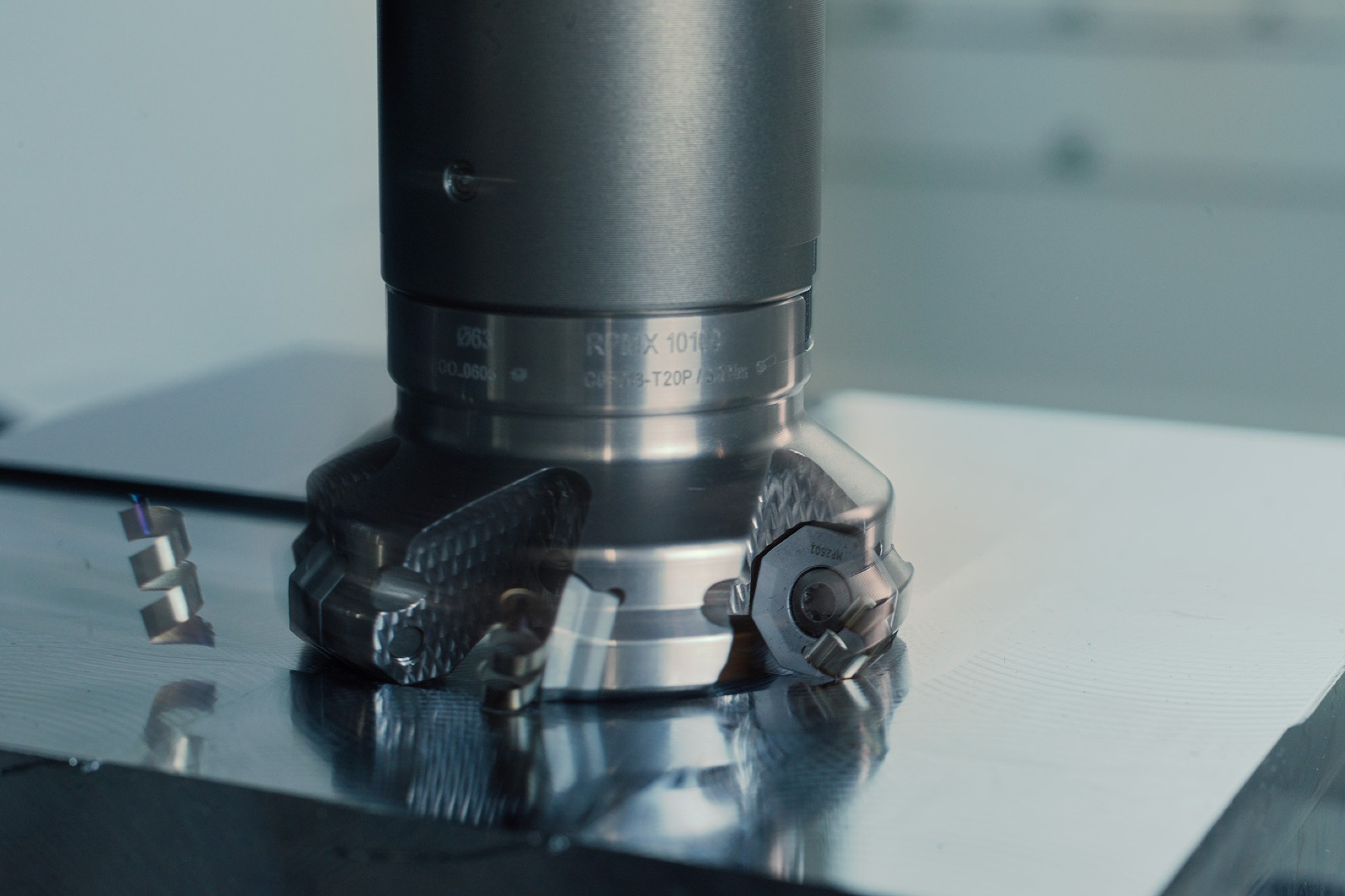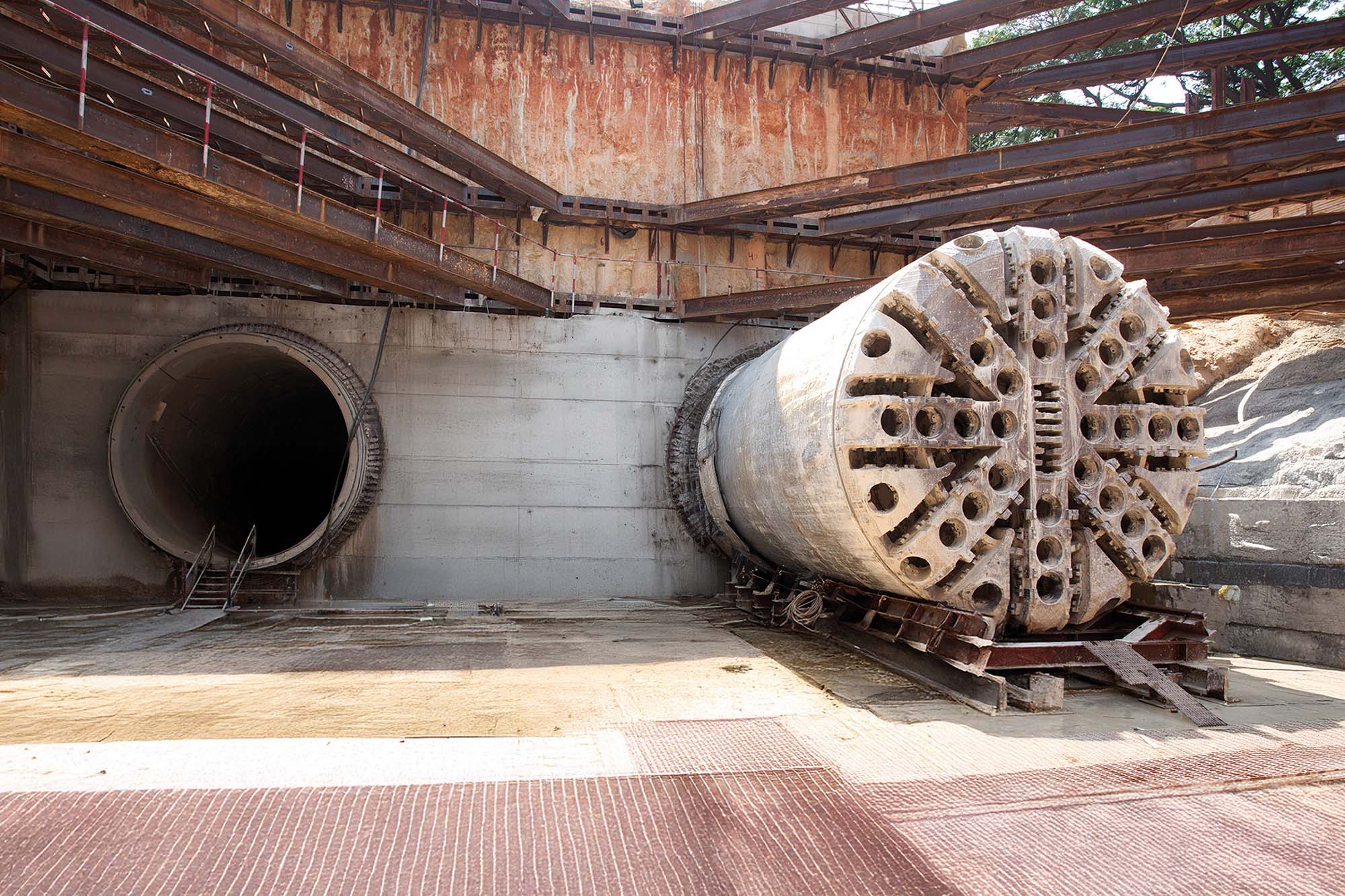IoT and digitisation for energy efficiency of hydraulics & pneumatics
By OEM Update Editorial November 30, 2023 2:03 pm IST
In the dynamic landscape of industrial technologies, hydraulics and pneumatics are applied in various industries like aviation and automotive. Mr Sagar Chadala discusses the integration of cutting-edge solutions that Concord Hydraulics provides, including trends shaping these technologies, the advantages they offer in specific industries, factors driving adoption in modern machine tools, the impact of automation and data analytics, and the role of IoT and digitisation.
What trends are evolving for hydraulics and pneumatics in various industries?
Industry 4.0 technologies are increasingly being integrated into hydraulic and pneumatic systems for enhanced monitoring, control, and predictive maintenance, with sensors and IoT devices facilitating real-time data analysis to boost efficiency and minimise downtime. There’s a growing focus on energy-efficient innovations like variable-speed drives and energy recovery systems to cut costs. Additionally, trends in miniaturisation and the use of 3D printing are driving the development of more compact hydraulic and pneumatic components for space-limited applications. Moreover, hydraulic hybrid systems are gaining traction in areas like machine tools for improved efficiency, combining hydraulic and electro-hydro technologies.
What are the advantages of hydraulic systems, particularly in applications like elevators, vehicle braking systems, pharma and other industries?
Hydraulic systems offer high power, delivering substantial force or torque in a relatively small, lightweight package. This characteristic is particularly beneficial in applications with critical space and weight considerations.
These systems allow for precise control of force, speed, and position in processes requiring accurate and smooth movement, such as in the elevator industry. They can respond quickly to control inputs, providing instantaneous and accurate movement. This responsiveness is vital in applications like vehicle braking systems, where a rapid and reliable response is crucial for safety.
Advances in technology and ongoing research aim to enhance the overall performance of hydraulic systems.
Please talk about your latest product range and solutions.
We are developing weldless technology for hydraulic piping systems in the fatigue and defence sectors. This innovation aims to enhance the robustness of the system. We utilise additive manufacturing or 3D printing for component manufacturing to achieve lighter and more compact manifold assemblies.
Our achievements include successfully manufacturing hydraulic cylinders at up to 700 bar pressure. Our team is dedicated to further refining and compacting these systems, focusing on adapting them for very high hydraulic pressures. These advancements are part of our commitment to providing cutting-edge solutions for future applications.
What key factors drive the adoption of hydraulics and pneumatics in modern machine tools?
Several key factors drive modern machine tools, each contributing to enhanced manufacturing performance, efficiency, and versatility. Hydraulics, in particular, provide high power, enabling machine tools to generate substantial force for various operations. This is crucial for metal forming, clamping, and cutting, where significant force is required.
The combination of these factors makes hydraulics an integral component in the design and operation of modern machine tools, contributing to increased productivity and the ability to meet the evolving demands of the manufacturing industry.
How do automation and data analytics advancements affect the efficiency of manufacturing pneumatic and hydraulic systems?
Data analytics is crucial in optimising pneumatic and hydraulic systems’ performance, monitoring, and maintenance. Here are some ways in which automation and data analytics are influencing these systems:
Sensors and IoT devices facilitate real-time monitoring of pneumatic and hydraulic systems. These devices collect data on parameters such as pressure, temperature, and fluid condition. Algorithms in data analytics then analyse this information to detect faults and predict potential issues before they lead to system failures. Predictive maintenance strategies help schedule repairs or component replacements at optimal times, reducing unplanned downtime. Sensors and analytics can monitor parameters related to product quality, identifying deviations from desired specifications. This level of monitoring contributes to improved traceability, allowing manufacturers to track the performance of hydraulic systems and identify the root causes of any quality issues.
Integrating automation and data analytics enhances hydraulic systems’ efficiency, reliability, and adaptability. These advancements improve overall system performance, reduce downtime, and increase competitiveness in modern manufacturing environments.
Please discuss the role of IoT and digitisation in monitoring and controlling pneumatic and hydraulic systems in applications like CNC machines, aviation and automotive manufacturing.
IoT and digitisation are transforming the monitoring and control of pneumatic and hydraulic systems in industrial applications, particularly in CNC machining. Real-time IoT sensors track the status of these systems, including pressure, temperature, and fluid levels, and transmit data for centralised analysis. This is especially crucial for precision operations in aviation and automotive manufacturing. Additionally, these sensors assess energy consumption and efficiency in CNC machine hydraulics, helping manufacturers optimise energy use and identify improvement areas. Integrating IoT and digitisation into these systems marks a significant shift, enhancing efficiency, reducing downtime, and improving performance through real-time insights and predictive maintenance.
With the increasing demand for aviation and automotive products, what factors drive the growth of pneumatic and hydraulic systems?
The aviation and automotive industries are key drivers of demand for pneumatic and hydraulic systems. Increased air travel and the need for new aircraft due to fleet modernisation and airline expansion have spiked the demand in the aviation sector. These industries are also under pressure to meet strict fuel efficiency and emissions standards, where pneumatic and hydraulic systems are vital for developing technologies like lightweight materials and aerodynamic designs to enhance fuel efficiency. Ongoing efforts to reduce vehicle weight for better performance further drive innovations in these systems. Factors like increased production, technological advancements, safety, and environmental concerns propel growth in these sectors, ensuring continued demand for pneumatic and hydraulic systems.
Cookie Consent
We use cookies to personalize your experience. By continuing to visit this website you agree to our Terms & Conditions, Privacy Policy and Cookie Policy.
















